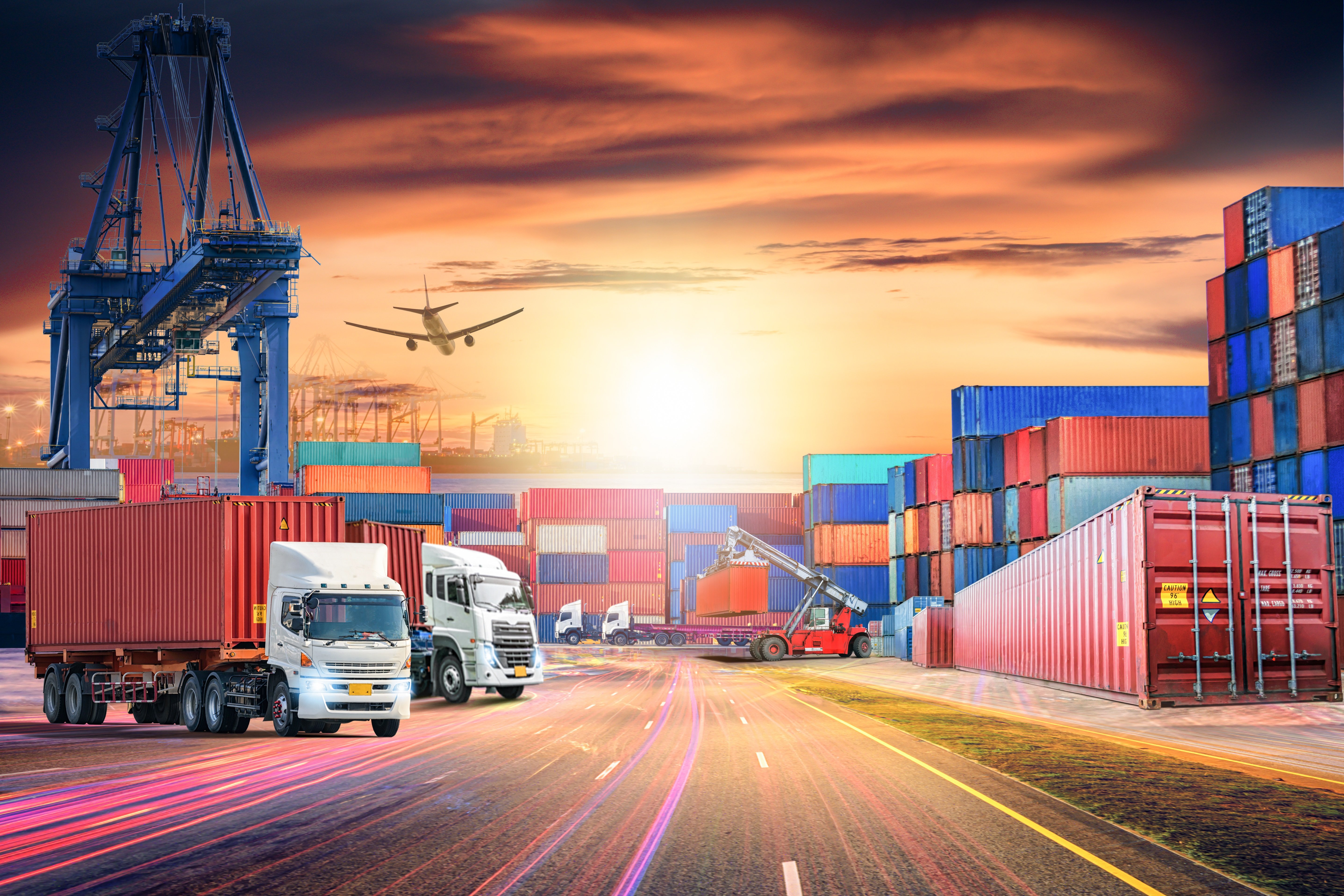
Editor’s Note: In late 2018, CyberArk published five cybersecurity predictions for 2019. This deep-dive blog series will examine each prediction in detail to help organizations stay on top of emerging threats and out-innovate and out-maneuver cyber attackers. One of the goals for this series is to provide updates on how these trends develop and progress over the course of the year. Today’s topic is blockchain for the supply chain industry.
It only takes a quick Google search of “supply chain diagrams” to see how complicated the modern day supply chain has become. There are numerous – sometimes hundreds or even thousands – of suppliers, partners, third parties, bankers and lawyers involved in in the process of producing and distributing products for consumers. As a result, simple data and financial transactions often turn into lengthy, multi-step procedures. Compounding these challenges, supply chains are increasingly frequent targets of cyber crime. A recent Supply Chain Insights study revealed that the number one event impacting supply chains from 2013 to 2018 was cyber attacks or computer hacking.
Blockchain has the potential to turn the tables, helping organizations streamline supply chain management (SCM), bolster cybersecurity across each touchpoint, maximize customer value and maintain a competitive edge. But, first, here’s what you need to know about blockchain technology.
Blockchain 101
Blockchain is an open, distributed ledger that can record business transactions between parties in a secure, verifiable and permanent way. Every time a person records a blockchain transaction, they add a record – or “block” – that others in that particular chain (and only those in that blockchain) can read. Each block contains a cryptographic hash (think of it as a cyber fingerprint), an unchangeable timestamp, the transaction data (typically represented as a “Merkle tree”) and the hash of the previous block to link the two together.
Forrest Williams from the CyberArk Red Team explains it like this: “You can imagine the blockchain as millions of paper bank statements ‘chained’ together with invisible cryptographic chains and new sheets of paper are constantly added as new people spend money.”
Once it is recorded, a block cannot be altered without also altering all other blocks. This means that if someone does attempt to change or erase a block, the blockchain – which is managed and validated by a peer-to-peer network – will compare it to the other distributed copies of the block, quickly find the discrepancy and reject the change, ensuring that the original block remains intact.
Why Blockchain for the Supply Chain?
Large manufacturers are increasingly turning to blockchain to simplify complex “chain of command” processes, reduce costs and transform their supply chains – from sourcing to warehousing to delivery to payment. For example, food and beverage giant Pepsi recently conducted a blockchain trial in Asia Pacific that resulted in a 28 percent boost in supply chain efficiency. Walmart also implemented a blockchain system to better trace food products to their original source and maintain food safety – from tracking pork from China to tracing mangoes from Mexico. And IBM and Maersk co-developed TradeLens, a global shipping supply chain service that uses blockchain technology to help improve process efficiency.
Yet, perhaps blockchain’s greatest promise for the supply chain is enhanced data security for digital records. Following allegations of nation-states targeting the supply chain at the chip level to embed backdoors into both B2B and consumer technologies, organizations are increasingly embracing blockchain to secure their supply chains and reduce the risk of fraud. The distributed nature of blockchain makes it very well suited to validate every step in the supply chain – including the authenticity of hardware and software.
For example, if a wholesaler receives information from a manufacturer, blockchain can authenticate the sender of the data, validate the time the data was sent and ensure that the information has not been tampered with during transmission. With this strengthened security and transparency across each level of the supply chain, organizations are empowered to optimize processes and better manage customer demand.
While blockchain has certainly sparked positive change across the supply chain industry, widespread adoption will not happen overnight. Given its distributed nature, the greatest barriers to blockchain are cooperation and scale. To gain true end-to-end visibility and enhanced data security across the supply chain, it’s not enough for one or two suppliers to employ the technology – all parties must join the blockchain platform and agree to abide by its standards.
Our next installment in the Predictions series will feature the future of trade wars and commercial espionage.























